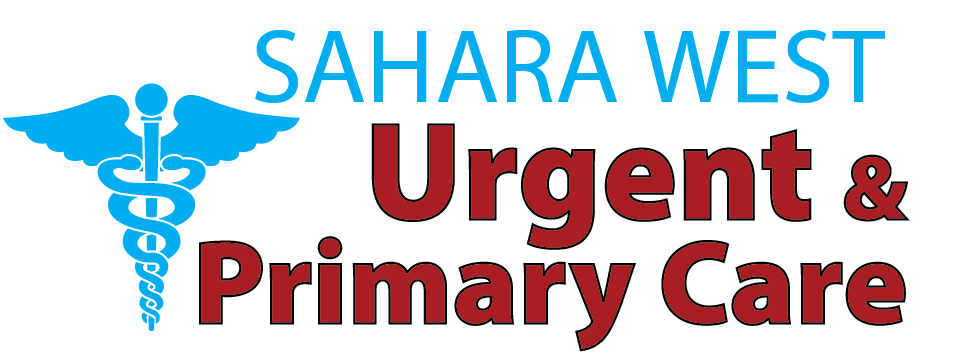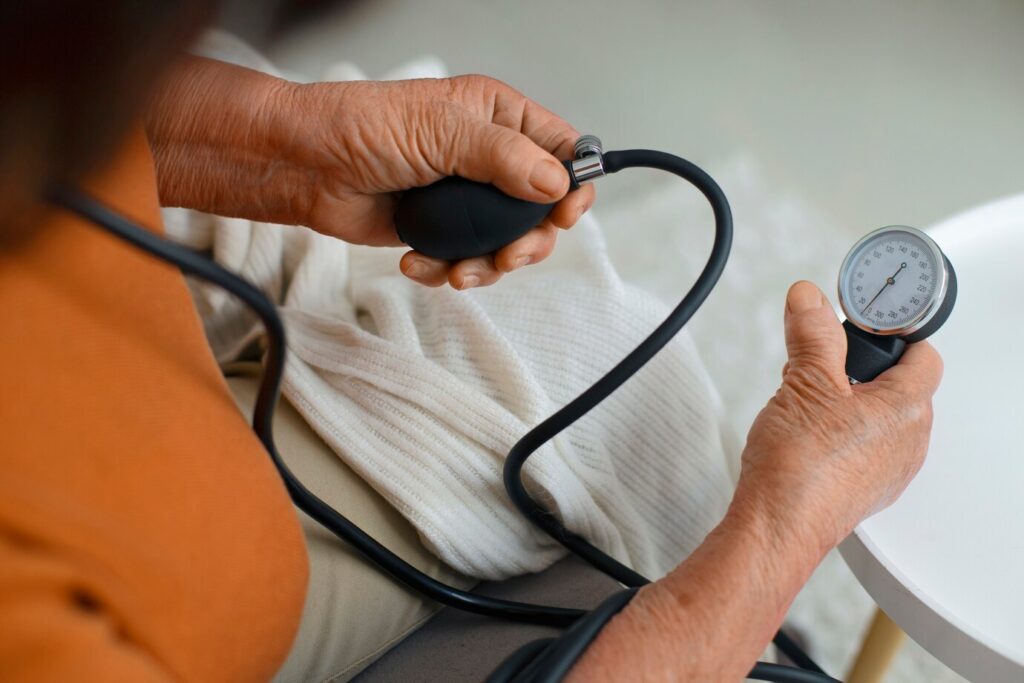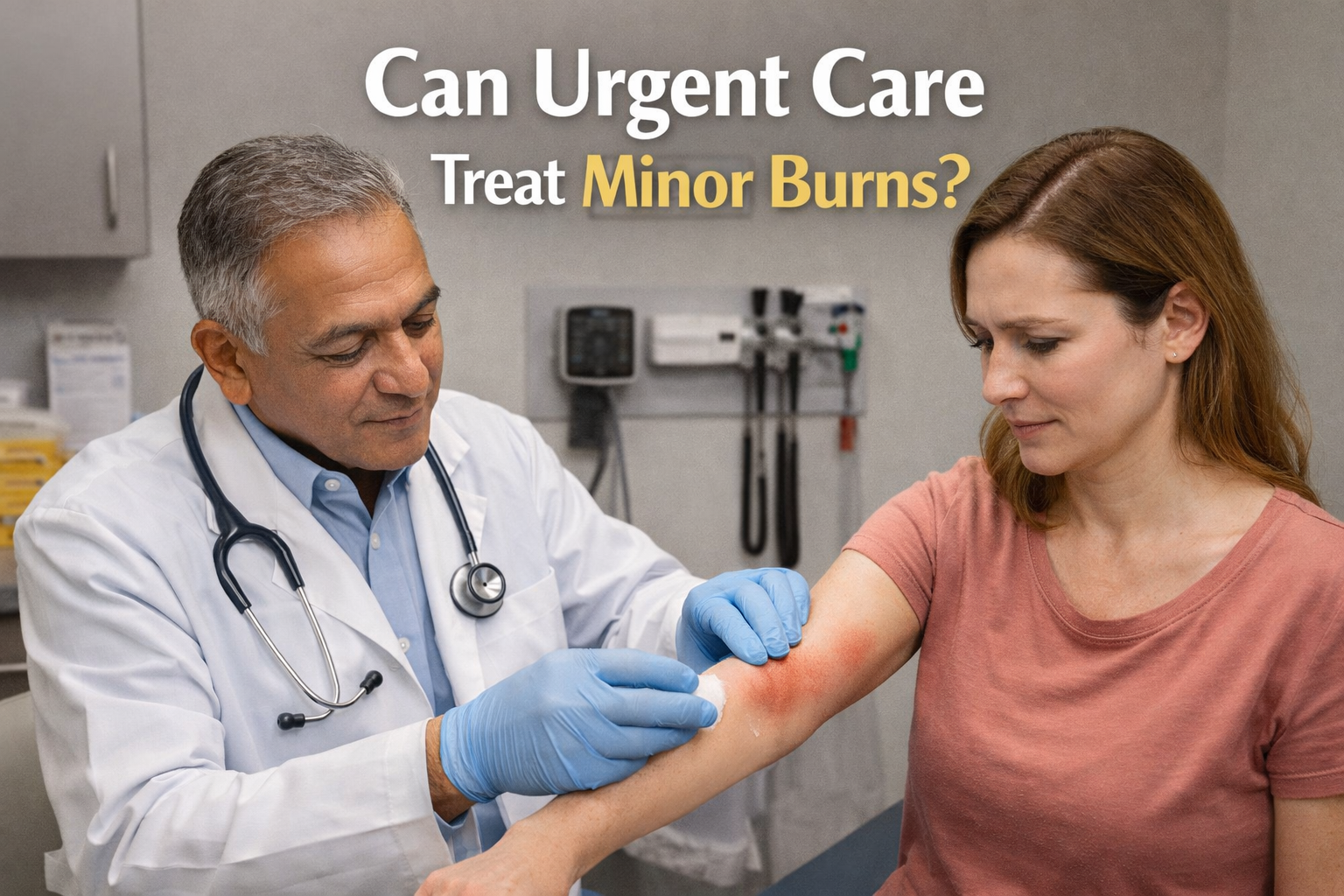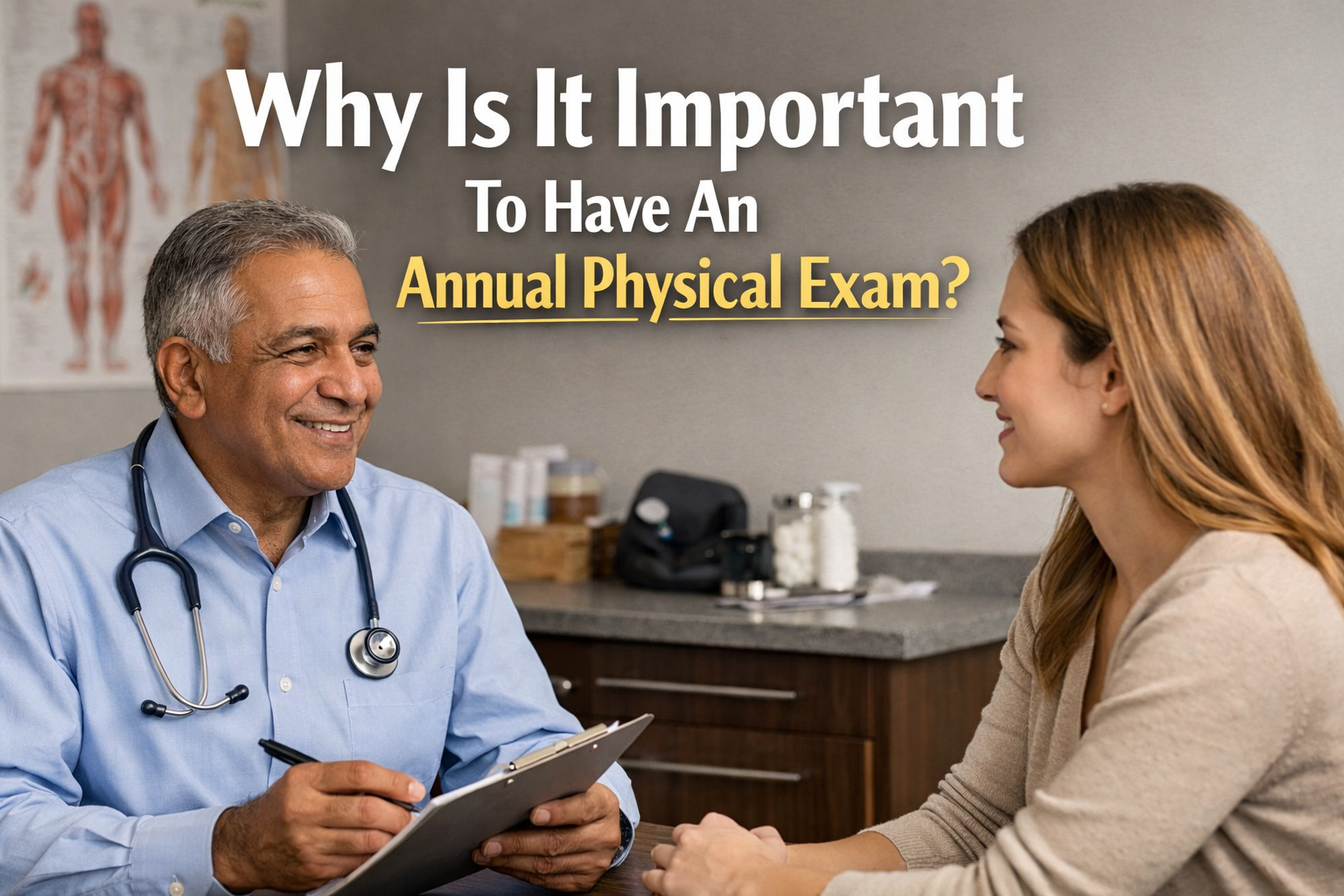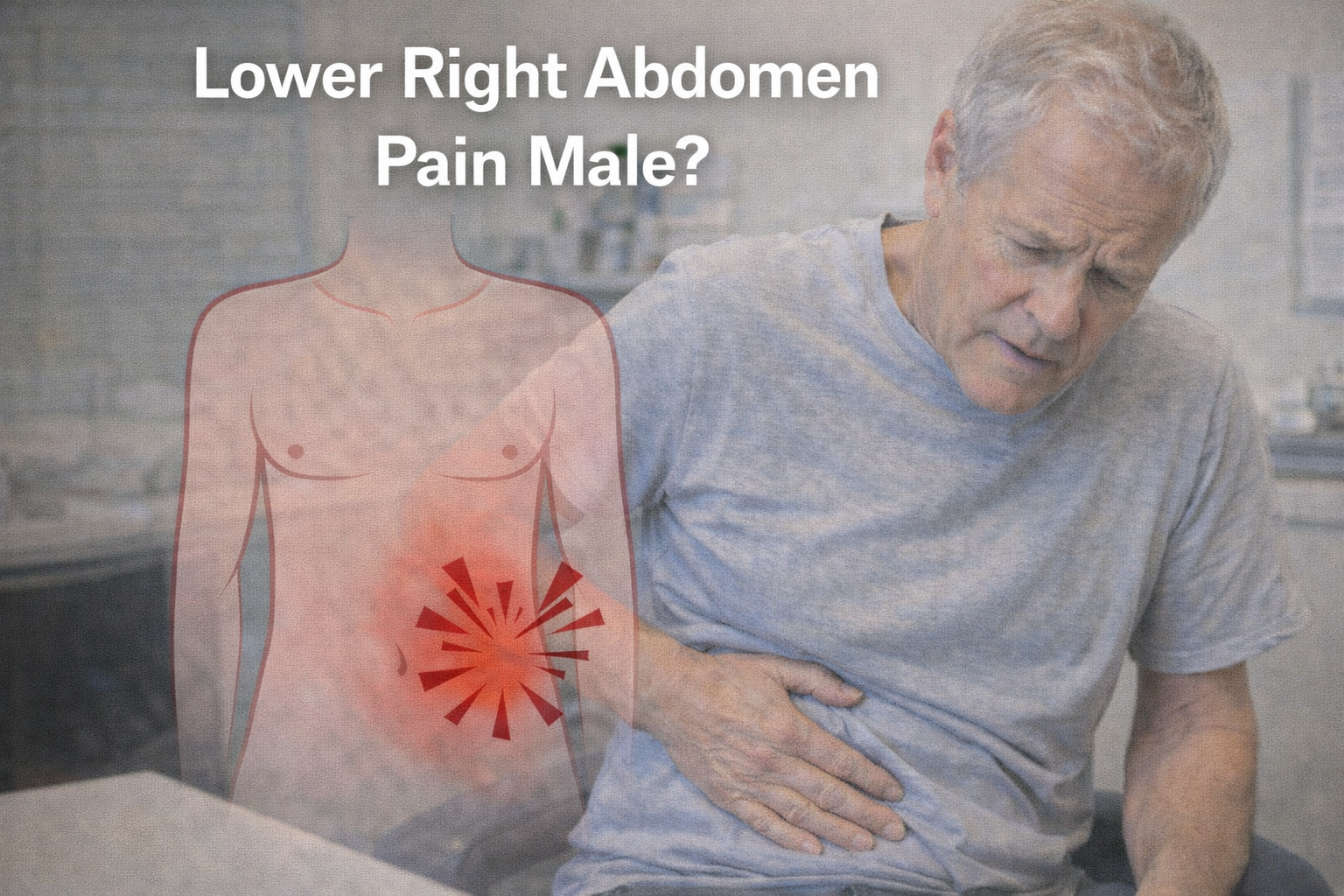High blood pressure or hypertension goes unnoticed among millions of people in the world. This cold treatment does not get its way in most cases; it does its work unobtrusively, burdening the arteries and the heart and making it easier to get a big problem over time. This is a full-scale guide to the symptoms, causes, diagnosis, management, prevention, and ways to live with high blood pressure, empowering you with knowledge and expertise to manage your cardiovascular health.
What Is High Blood Pressure?
High blood pressure is a state or condition in which the force of blood flowing to the arteries becomes consistently high. Blood pressure is measured in two numbers, i.e., systolic (pressure when the heart is beating) and diastolic (when the heart is resting). When it is the case, the elevated reading during the period of time indicates hypertension. The arterial walls may stiffen and narrow when the heart works too hard in pumping the blood, and this causes the straining of the vital organs as well as the risk of developing heart attack, stroke, kidney disease, and many other complications.
Blood Pressure Categories Explained
Blood pressure has been determined as stages that are used when diagnosing and managing it. The normal readings are below 120 and 80, respectively (120/80 88 Hg). Hypertension data whose readings are between 120 and 129 systolic and below 80 diastolic are said to be elevated. The first level of hypertension (stage 1) starts with 130-139 or 80-89 high blood pressure. The second stage (stage 2) is when the pressures above 140/90 mm appear. Higher than 180/120 mm Hg is a hypertensive crisis, which is a medical emergency that requires instant attention. Being aware of your blood pressure type allows for formulating and customizing plans and objectives.
How Common Is High Blood Pressure?
The problem of high blood pressure is one of the most common chronic diseases in the world. Approximately one-third of the world’s adult population is already living with the ailment of high blood pressure, yet most fail to realize it, owing to the nature of the disease, which at most, causes no symptoms. Early detection is an important factor achieved by the regular screening at the doctor, monitoring at home, or community events. Prevalence rises with age, genetics, and lifestyle among other factors, so it is sometimes important to be aware of this as a lifelong endeavor.
Symptoms of High Blood Pressure
Why It’s Called “The Silent Killer”
A majority of patients who have high blood pressure do not present with any observable symptoms. When the pressure level reaches an alarming level, there will be subtle symptoms. These comprise frequent headaches in the mornings, intermittent lightheadedness or dizziness, mild nosebleeds, blurriness of vision, and shortness of breath. Nevertheless, these symptoms are misinterpreted as other disorders and are hence delayed in diagnosis.
When Symptoms Signal Emergency
When the blood pressure exceeds 180/120mg/gH and the level is in a state of hypertensive crisis, symptoms can be life-threatening. Terrible headache, sudden chest pain, changed state of mind, problems with eyesight, and breathing are possible indicators of a coming stroke or heart attack. Emergency medical care is crucial in averting irreparable damage.
Causes & Risk Factors of High Blood Pressure
Primary Hypertension
Primary, or essential, hypertension makes up the majority of cases. It develops gradually and is influenced by multiple interwoven factors:
- Genetic predisposition: Family history significantly raises risk due to inherited variations in blood pressure regulation.
- Age: Blood vessels naturally stiffen with age, increasing systemic resistance.
- Obesity and inactivity: Excess weight and sedentary habits raise cardiac output and vascular resistance.
- Dietary habits: High sodium intake, low potassium, excessive alcohol, and processed foods contribute heavily.
- Smoking: Nicotine narrows blood vessels, and smoking damages the lining of arteries.
Genetic and Lifestyle Interplay
Environmental and genetic influences mutually support themselves. Behaviors transferred within family units (diet, exercise pattern) interact with genetic susceptibility, even though they are not directly inherited. The awareness of both influences assists in developing useful prevention and management strategies.
Secondary High Blood Pressure
Secondary hypertension has a specific underlying cause, unlike primary hypertension. Common triggers include:
- Kidney disorders: Impaired filtration disrupts fluid and blood pressure regulation.
- Sleep apnea: Repeated breathing interruptions raise stress hormones and blood vessel constriction.
- Endocrine disorders: Conditions like thyroid disease or hormone-secreting tumors affect blood pressure control.
- Certain medications: NSAIDs, decongestants, birth control pills, or steroids can raise pressure in sensitive individuals.
Identifying secondary causes often allows for more targeted therapy and even potential reversal once the root issue is treated.
Complications from Unmanaged Hypertension
Uncontrolled high blood pressure is harmful to the body in the course of time. The effects as a result of this are coronary artery disease, heart attack, heart failure, stroke, kidney failure, blindness due to the damaged retinal blood vessels, peripheral artery disease, as well as the weakening of blood vessel walls when an aneurysm occurs. Since these complications will take years to emerge, intervention is very important.
Diagnosis & Testing
In the case of blood pressure diagnosis, special attention should be paid to it. Appropriate cuff size, seated position, as well as different readings on various occasions, should be achieved. Diagnostics can be interfered with by white-coat hypertension (increasing blood pressure only in the doctor). Blood pressure readings that are conducted at home and ambulatory readings (24 hours) are able to provide a better depiction of real blood pressure patterns. Follow-ups are provided regularly to correct the plans of diagnosis and treatment.
Effective Management and Treatment
Lifestyle Strategies
Lifestyle modification serves as a cornerstone of hypertension management. Evidence-based approaches include:
- Low-sodium DASH diet rich in fruits, vegetables, whole grains, lean proteins, and low-fat dairy, and reduced processed food intake
- Consistent moderate exercise, like brisk walking or cycling, for at least 150 minutes/week
- Weight management, aiming for a body mass index below 25
- Limiting alcohol to moderate amounts (one drink/day for women, two for men) and eliminating smoking
- Stress reduction techniques like meditation, yoga, or deep-breathing exercises
These changes can meaningfully lower blood pressure—sometimes by 5–20 mm Hg—on par with medication benefits.
Medication Options
When lifestyle changes are insufficient, medications support blood pressure control. Common lines of therapy include:
- Thiazide diuretics, which help the kidneys eliminate excess sodium and water
- ACE inhibitors or ARBs, which relax blood vessels by blocking hormone pathways
- Calcium channel blockers reduce vessel tension
- Beta-blockers slow the heart rate and lessen the workload
A personalized treatment plan may include a single medication or a combination, based on age, medical history, and blood pressure levels.
Outlook for People with Hypertension
Most individuals attain normal blood pressure and lessen their chances of complications with constant checking and treatment. Hypertension is to be viewed as a persistent condition that needs care and not a condition to be solved once. To have long-term success and quality of life, regular check-ups and monitoring at home, and adjustment of treatments with time is necessary.
Home Monitoring
Checking blood pressure every so often at home is effective when a person has been diagnosed with it or is predisposed to it. Use validated equipment, measure in the early hours of the morning, before sleeping, and maintain stable values. To facilitate the process of adjustments and monitoring, share logs with your healthcare provider.
Prevention Strategies
The idea of preventing high blood pressure would be to take the preparations early enough in life to adopt a heart-healthy lifestyle. The proven interventions are balanced diets, physical exercise, healthy weight maintenance, no smoking, moderate drinking, stress management, and regular health examination. Lifestyle intervention is of particular importance early, in the case of those to whom predisposition applies, or in other risk factors.
Living with High Blood Pressure
When to Contact Your Doctor
Have check-ups at least once every 3-6 months or more often until readings are low. Call the provider when measurements at home reach 130/80 mm Hg regularly or you develop new symptoms like chest pains, intense headache, or eye blindness.
Recognizing an Emergency
Emergent care is mandatory in case the blood pressure shows values greater than 180/120 mm Hg with additional symptoms such as a strong headache, chest pressure, vision impairment, confusion, or shortness of breath. The following symptoms can be indicative of hypertensive crisis or damage to organs.
Essential Questions for Your Provider
Questions that empower: What are the best goals of your BP considering your age and health; alternatives to the current medication along with side effects; suggestions on how frequently you should monitor; diet or supplement protocol you should pursue; or what are the variations in numbers reflective of your treatment plans?
Conclusion
High blood pressure doesn’t have to define your life. Support your heart and arteries by understanding symptoms, recognizing causes, maintaining regular screenings, and adopting healthy lifestyle habits. Combined with targeted medical care and home monitoring, you can effectively manage blood pressure. Take control today—talk to your healthcare provider, begin your journey to better cardiovascular health, and live confidently. To schedule your appointment with the highest standard of care, visit Sahara West Urgent Care on our website, where you can also explore more informative blogs.
Faqs
Can certain foods or supplements lower high blood pressure?
Yes—potassium-rich fruits, leafy greens, low-fat dairy, nuts, beans, and whole grains support healthy pressure levels. Supplements such as fish oil, CoQ10, garlic, and magnesium may help modestly, but consult your doctor before starting any.
Is stress the main cause of high blood pressure?
Chronic stress contributes to elevated blood pressure in the short term and may promote unhealthy behaviors, but hypertension is most often linked to genetics, diet, and lifestyle.
Can high blood pressure go away on its own?
Lifestyle changes in early-stage hypertension can bring levels back to normal. However, established hypertension often requires ongoing medication and monitoring.
Does high blood pressure affect life expectancy?
If untreated, high blood pressure increases the risk of heart attack, stroke, kidney disease, and premature mortality. With proper treatment, most individuals live full, healthy lives.

